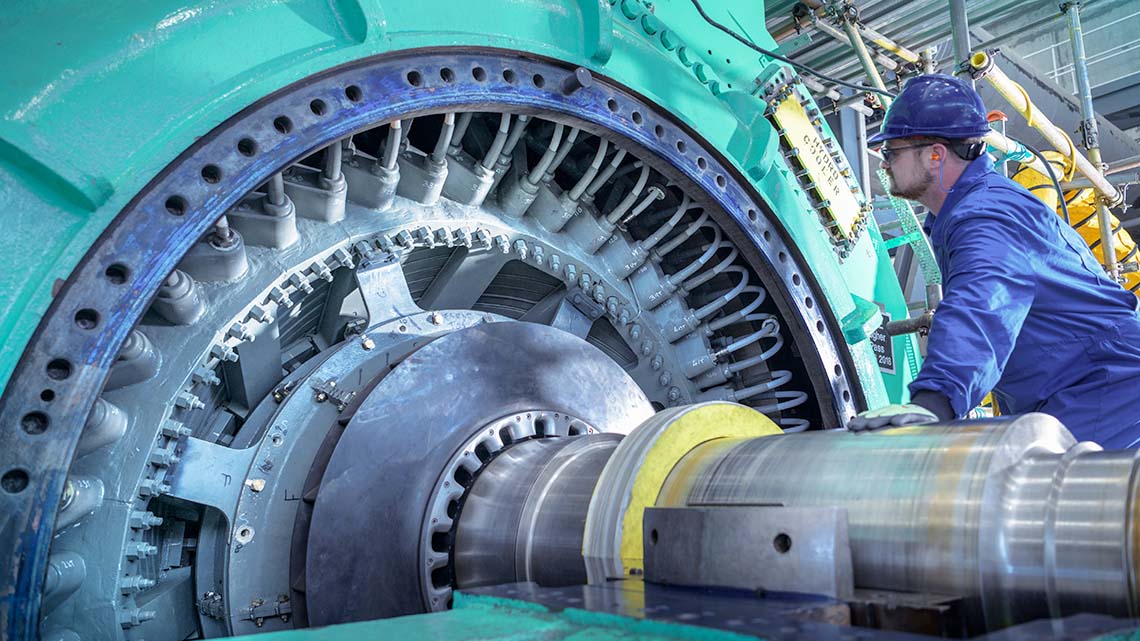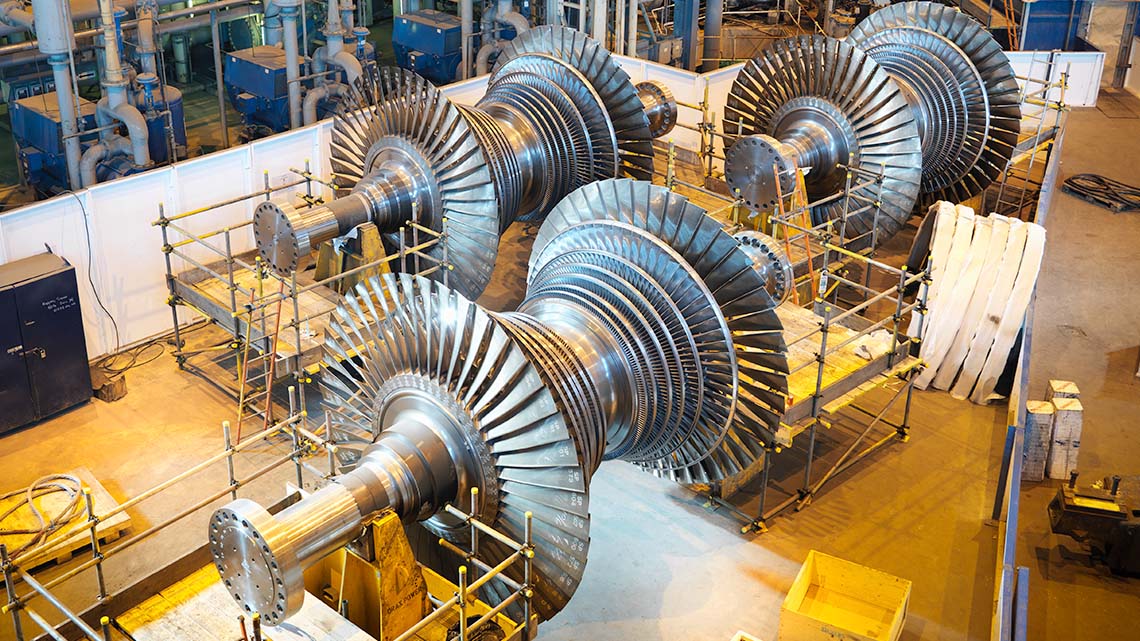Minds On
Ontario connection
This learning activity highlights people, places, or innovations that relate directly to the province of Ontario. Enjoy the exploration!

Student Success
Electricity
Electricity is everywhere in our lives, but what exactly is electricity?
What are some ways that people use electricity in their lives?
First, create a definition or description of electricity. Then, list five ways that electricity is used in everyday lives.
Record your description and ideas in a notebook or another method of your choice.
If possible, share your ideas with a partner.
Note to teachers: See your teacher guide for collaboration tools, ideas and suggestions.
Sources of electricity
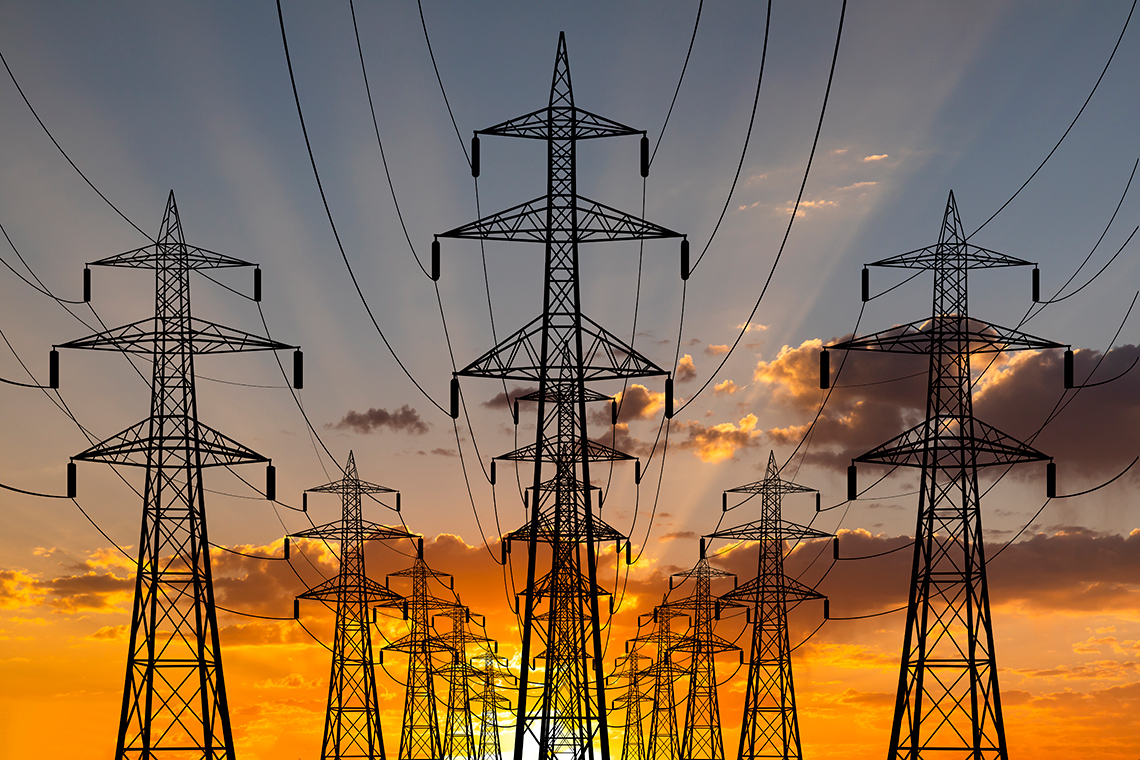
In 2022, Canada was ranked as the sixth largest generator of electricity in the world.
Each province and territory in Canada generates electricity using a variety of sources.
In Ontario, the sources of electricity are diverse throughout the province.
Check out the following list of sources:
- natural gas
- water power
- bioenergy
- solar power
- nuclear power
How would you rank the use of these sources of electricity from least to greatest in terms of how much this source of electricity is used throughout Ontario?
Record your ranking in a notebook or another method of your choice.
When you’re ready, press ‘Let’s Check!’ to access the correct energy source ranking.
According to the Ontario Energy Board, the source of electricity use in Ontario, in 2018, is represented by the following graph.

Electricity sources used in Ontario, 2018
This is an illustrated circular graph with data referring to the electricity sources used in Ontario, from 2018. Nuclear energy is the most with 58.3%, water power is second with 23.9%, wind power is third with 8%, natural gas is fourth with 6.2%, solar power is fifth with 2.3% and bioenergy is sixth with 0.5%. 0.8% of Ontario uses another source of electricity, which is not listed.
Source: The Main Electricity Sources in Canada by Province –. (2020, June 1). EnergyRates.Ca. https://energyrates.ca/the-main-electricity-sources-in-canada-by-province/
Action
How is electricity made?
Electricity is made by transforming energy into electrical energy through the use of turbines and generators.
Let’s explore the following images and descriptions to learn more about how electricity is generated.
Learning check!
Let’s review what we’ve learned.
For each sentence, select the missing word from the drop-down menu.

Energy sources
What are the three of the most commonly used energy sources used in Ontario?
Record your ideas in a notebook or using another method of your choice.
When you’re ready, press ‘Let’s Check!’ to access a possible response.
- Nuclear energy
- Water power
- Wind power
Electrical power in Ontario
The website, Gridwatch, gives current information about the electrical power generation in Ontario.
Check out today’s electrical power generation in Ontario by accessing the following link:
Gridwatch(Opens in a new window)
You may also explore the Gridwatch image to guide your investigation into Ontario’s electrical power generation.
Investigate
Investigate
Let’s invesitage the following image by Gridwatch Power Generation. The image demonstrates the electrical power generation in Ontario on a given date.
Please note that weather conditions on this day would have varied throughout the province at the various power generation stations. This would have played a role in the distribution of types of power sources.
Click the image to enlarge in a new window.
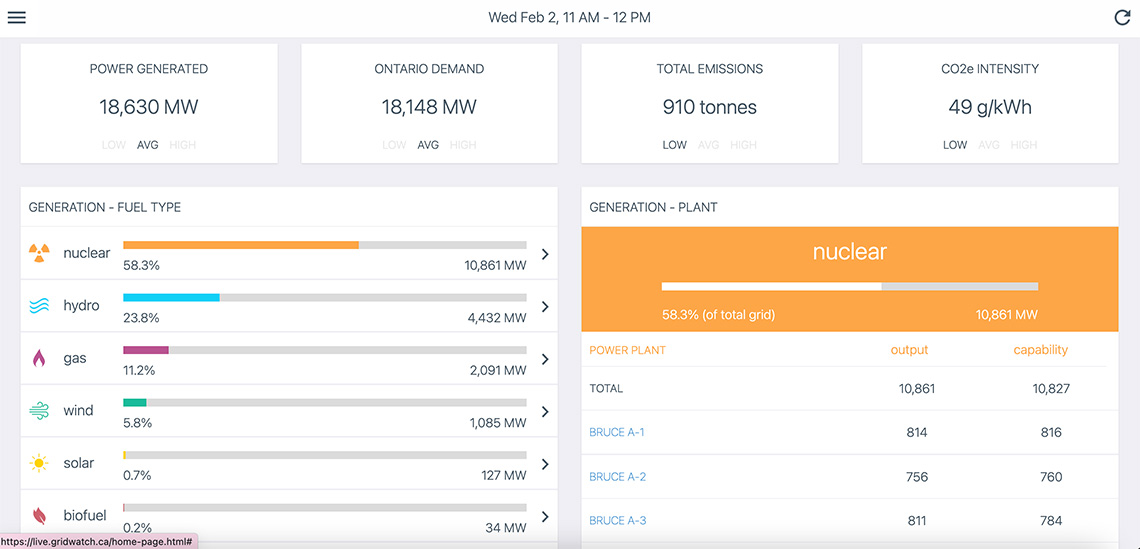
This screenshot shows a list of energy sources including nuclear, hydro, gas, wind, solar, and biofuel. Beside each type of fuel there is a number that shows how much of that type of fuel is being used currently in Ontario. At the time of the screenshot, the amounts are: nuclear = 10, 861 MW, which is 58.3% of the total grid; hydro = 4,432MW which is 23.8% of the total grid; gas = 2,091MW which is 11.2% of the total grid; wind = 1.085MW which is 5.8% of the total grid, solar = 127 MW which is 0.7% of the total grid; and biofuel = 34 MW which is 0.2% of the total grid. Also listed along the top of this screenshot is the average power generated in Ontario, which is 18,630MW, the Ontario demand which is 18,148MW, the total emissions which is 910 tonnes (listed as low) and the CO2e intensity which is 49g/kWh (listed as low). There are three Ontario power plants that are listed on this screenshot as well and what their output of energy was and what their capacity was. The three listed are Bruce A-1 with an output of 814 MW and a capacity of 816 MW, Bruce A-2 with an output of 756 MW and a capacity of 760 MW, and Bruce A-3 with an output of 811MW and a capacity of 784 MW.
Analyze
In the section, Generation – Fuel Type, of the page or image, what types of fuel does Ontario generate the most?
Press ‘Let’s Check!’ to access the correct response.
The top three types of fuel that are generated most in Ontario are:
- nuclear
- gas
- hydroelectric
As you explore the data, either through the website or the image provided, what do you observe, infer, and wonder about? What surprises you?
Record your ideas and thoughts in a notebook or another method of your choice.
Electrical energy sources
Press the following tabs to explore many sources of electrical energy used in Ontario.
Nuclear power involves splitting Uranium atoms in a reactor to create heat that boils water. This creates steam that turns a turbine to supply a generator, and finally produces electricity.

The nuclear power process: water passes through a cooling tower into a condenser, then into a containment structure where it goes through a steam generator on its way to a nuclear reactor vessel where uranium atoms are split. From there, it passes back into the steam generator where produced steam then travels to power a turbine connected to an electric generator to produce electricity.
The burning of natural gas is used to rotate a turbine connected to a generator to produce electricity.

A natural gas turbine system is a gas line runs into the system to a combustion chamber which connects to a turbine. The turbine is connected to a generator. The generator then connects to a transformer that has electrical wires attached to it that leave the system and distribute electricity to the grid.
The controlled force of the flow of water through the dam intake is used to rotate a turbine that connects to a generator to produce electricity.

Wind flows over the rotor blades of a turbine, causing them to turn and rotate gears that power a generator. The generator is connected to a power cable, which transmits the power to a transformer where it is converted to usable electricity.

A diagram of a wind turbine. Wind passes over the rotor blades causing them to turn and rotate the gears in the gear box. This powers the generator which produces electricity that travels down the power cable into the transformer where it gets converted to a type of electricity that can be used to supply power lines.
Light energy from the sun’s rays hits solar panels and engages electrons all over their surface. This electrical charge then travels into an inverter box where it is converted into a more usable form of current, then into an electrical panel which distributes the electricity.
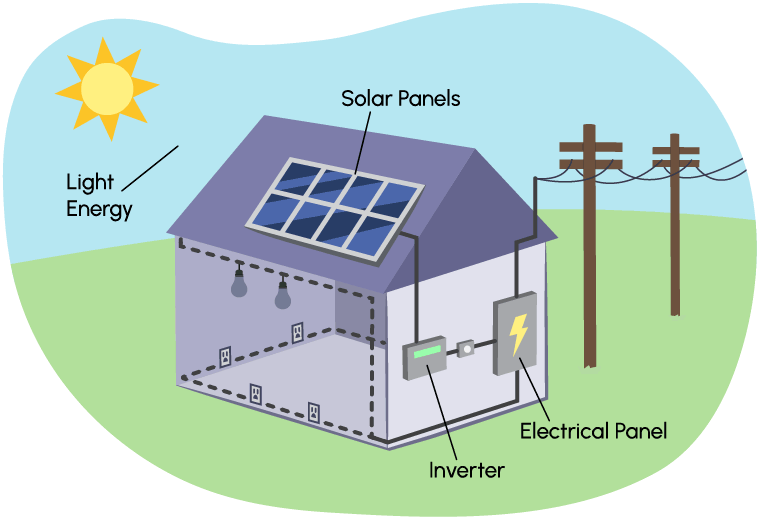
A diagram of electricity produced by solar panels. Light energy from the sun hits the surface of the solar panels which causes electrons to flow through wiring that leads to an inverter box. The inverter converts the type of electricity to a form that can be used to both power appliances in a home or building and/or provide electricity to power lines.
Biofuel is made from biomass (plant or algae materials or animal waste) that is either burned, broken down by bacteria, or converted to gas or liquid fuel, the results of which power generators that produce electricity.

Diagram of how biofuel produces electricity. Biomass such as corn, wheat, algae, cow manure is burned or broken down to heat water which creates steam. The steam then spins a turbine which powers a generator and creates electricity.
Did You Know?
Did you know?
Nuclear energy is considered clean energy, but the materials that fuel it are not endless. They are also very tricky to dispose of because they are radioactive.
Biofuel and natural gas involve creating energy using natural resources. Since biofuel comes from plant or algal material, or animal waste, many consider it a renewable resource.
Natural gas, on the other hand, does not have an unlimited supply. Both of these sources can add to the effects of climate change. When they are burned, carbon dioxide is produced and released into the atmosphere. Despite this, these sources are still considered to be much better, cleaner options when compared to burning coal or other fossil fuels.
Solar, wind and hydroelectric energy are renewable resources that do not contribute to climate change; however, they can have a negative effect on ecosystems and wildlife.
Compare and contrast
Now, choose two different sources of electrical energy we previously explored, to compare and contrast with in the following Venn diagram.
Complete the Comparing Electrical Sources Activity in your notebook or using the following fillable and printable document. If you would like, you can use speech-to-text or audio recording tools to record your thoughts.

Press the Activity button to access the Comparing Electrical Sources Activity.
Activity (Open PDF in a new tab)Reconciliation and renewable energy
Indigenous clean energy (I.C.E.)
Indigenous communities across Canada have been making an impact on clean energy by being significantly involved in over 197 clean energy projects.
The following map highlights many of these clean energy projects organized by fuel source (hydro, wind, solar, biomass, and other), and the areas in Canada where they have made this impact.
Click the image to enlarge in a new window.
 Description
Description
This is a map of Canada that shows the locations of the Indigenous Clean Energy projects across the country. There are 5 categories of projects – hydro, wind, solar, biomass and other. On this map, there are a few projects in the territories of northern Canada, including three hydro projects. In the west coast of Canada, there are many projects currently. These projects include wind, hydro, solar, biomass and other. In Alberts there are less than ten hydro projects and three wind projects. Saskatchewan has very few projects (wind only) and Manitoba has a few hydro projects in the north. Ontario has many projects. These include biomass, hydro, wind, solar and other. The majority of these are in southern or central Ontario. Quebec lists wind, and one biomass project in the south and three hydro projects in the north. There are a few projects on the east coast, most of them are wind and hydro projects.
As you explore the map, consider the following:
- What are three observations you can make about this data?
- What is one question you have about this information?
Record your thoughts and questions in a notebook or another method of your choice.
OPG’s plan
“The Reconciliation Action Plan is our road map for how we intend to work in partnership with Indigenous communities, businesses and organizations to advance reconciliation. It’s also about how we intend to grow and continue learning as an organization.
Our Plan is a living document that will continuously evolve as new initiatives and opportunities emerge. But the one overriding premise is that we cannot do this on our own. We will work with Indigenous communities, businesses, organizations -- and all our partners across the sector -- to bring our Plan to life” (Ontario Power Generation, 2021a).
There are several reasons that this is important. Historically, Indigenous peoples were not consulted when these large power plants were built. Many promises made by power generation companies were not honoured.
Many people believe that true reconciliation with Indigenous peoples and healing the effects of climate change are related.
Reconciliation through renewable energy
“Reconciliation is about the genuine restructuring and transformation of the relationships between Indigenous and settler people. Although renewable energy has not been inherently positive for Indigenous peoples, Indigenous communities in Canada have been participating in renewable energy production, which presents a potential pathway to reconciliation, climate change mitigation and a just energy transition” (Hoicka et al., 2021).
Reading Time
Collaboration vs. consultation
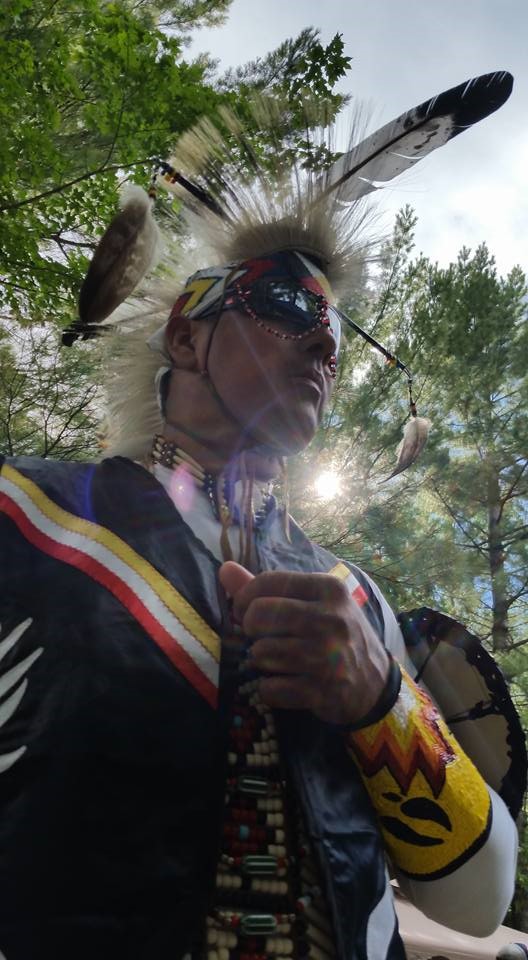
John Paul Kohoko of the Algonquins of Pikwakanagan is an employee of OPG.
The Ontario Power Generation (OPG) published an article (2021b) about electrician John Paul Kohoko of the Algonquins of Pikwakanagan who is an employee of OPG. Kohoko, was a member of council for his First Nation before joining OPG in 2013, working on the Madawaska River in eastern Ontario, outside of Ottawa.
Kohoko started in 2013 as a maintenance worker who helped to keep the power station in the area generating clean power. Today, his role involves sharing the work needed for new and existing projects, ensuring that employees are given proper work protection, and overseeing the work that the employees do on the job.
It is important for Kohoko to preserve his Indigenous traditions and culture. He enjoys the outdoors with his family. Their connection to the land living in Pikwakanagan First Nation is felt daily. With his family, Kohoko hunts, fishes, traps, gathers, and enjoys Powwows. “If we don’t take the time to keep our culture alive, we would lose our identity. It is very important to me as a parent to pass down the knowledge I have learned from my parents, mentors, and elders to my children and grandchildren,” Kohoko explains.
Kohoko is an active member of OPG’s Indigenous Relations Circle. This is an employee group that celebrates Indigenous traditions, teachings, and culture within the company and the communities where they work.
Kohoko hopes to work on a new hydro site in Calabogie, Ontario. It is on Algonquin territory, where Kohoko’s ancestors have hunted.
Making connections
- How is the OPG working towards reconciliation, as outlined in this article?
- How is John Paul Kohoko keeping his Algonquin traditions and culture alive?
- How does work and culture come together for Kohoko at OPG?
- How is John Paul Kohoko’s and the Indigenous communities’ involvement across Canada helping Canadians in the area of clean energy?
Record your thoughts in a notebook or another method of your choice.
Consolidation
Review your learning
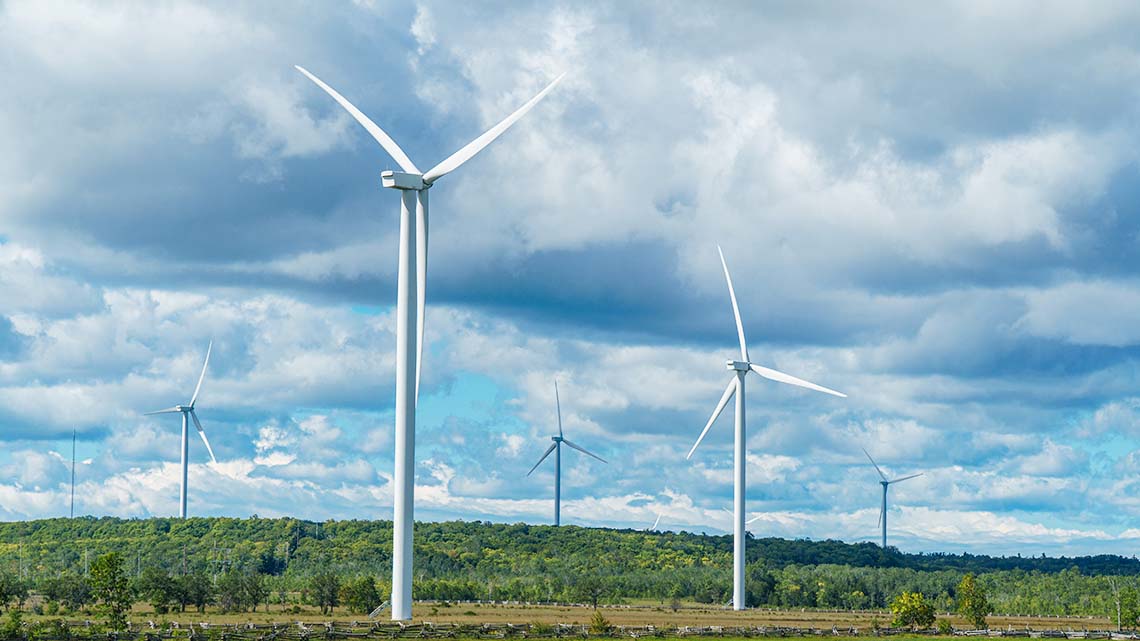
For each type of electrical source select the corresponding description.
Taking action
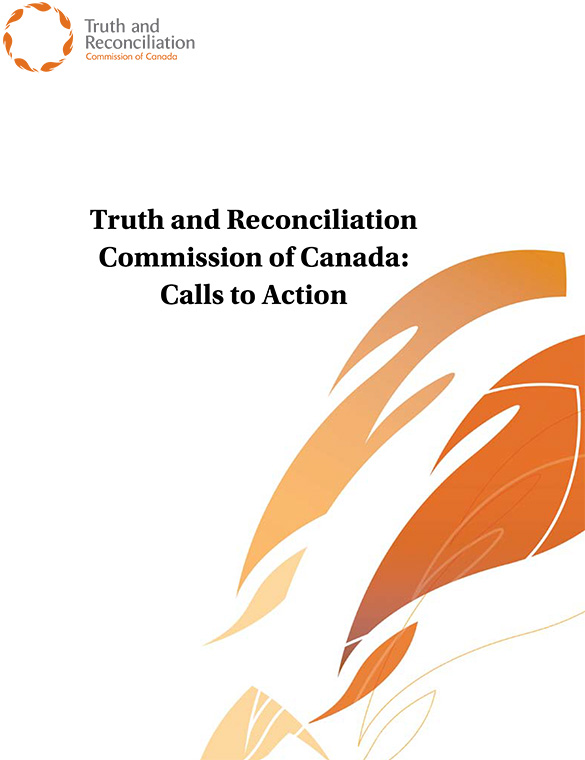
In 2015, The Truth and Reconciliation Commission of Canada published the Calls to Action report. Action #92 involves calling on large businesses in Canada to commit to meaningful consultation and build respectful relationships with Indigenous communities in Canada, and to ensure consent is obtained from Indigenous peoples before moving ahead with large development projects. The energy sector is included in this.
Try It
Your turn!
Create a short report that outlines a possible way to ensure that corporations involved in the energy sector can begin or continue their reconciliation journey, like the Ontario Power Generation has. You may refer to the information shared in the Action section.
You can create your report using words, maps, images, an oral description, or another method of your choice.
Be sure to include the following:
- information about Call to Action #92
- Why this is important?
- a possible solution
- What this possible solution could accomplish?
You may also refer to the following checklist to help guide your report.
Did I explain my learning by…?
Reflection
As you read through these descriptions, which sentence best describes how you are feeling about your understanding of this learning activity? Press the button that is beside this sentence.
I feel…
Now, record your ideas using a voice recorder, speech-to-text, or writing tool.
